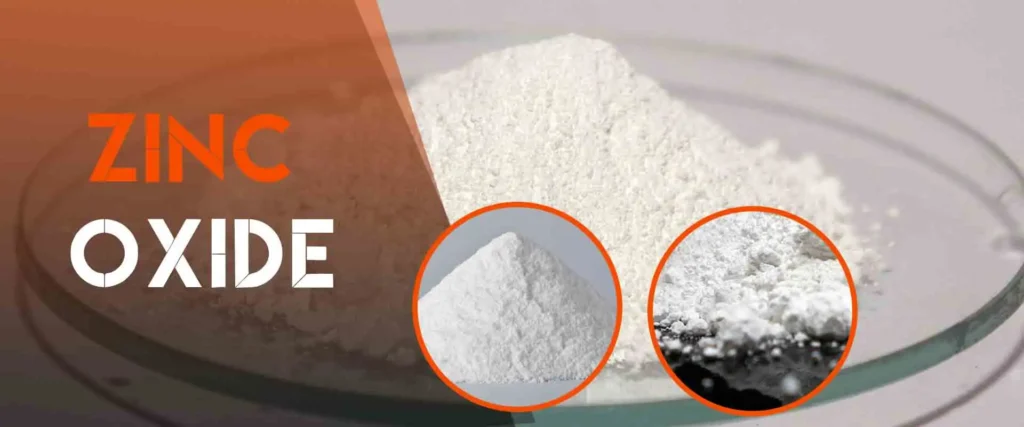Messi Biology states that in the long history of zinc oxide refining, sodium carbonate has long played the role of a refining assistant, its function being to convert stubborn impurities such as silicon and arsenic into separable sodium salts. However, this traditional process carries a heavy price: for every ton of zinc oxide refined, hundreds of kilograms of sodium salt solid waste containing harmful impurities may be produced, casting a lingering shadow over the industry’s development.

The transformative power of magnesium carbonate truly awakens when the refining furnace temperature exceeds 1000°C. It does not simply imitate the reaction pathway of sodium carbonate but rather reconstructs the chemical logic of impurity removal in a more sophisticated manner. In the high-temperature furnace, magnesium carbonate (MgCO₃) rapidly decomposes into highly active magnesium oxide (MgO), which then deeply associates with silicon dioxide (SiO₂) in the zinc oxide raw material to form a dense magnesium silicate (Mg₂SiO₄, forsterite). This substance is like a microscopic “molecular cage,” with a stable crystalline structure that can firmly lock harmful elements such as arsenic within its crystal lattice.
Comparative scientific experiments are astonishing: under the same conditions, the zinc oxide product treated with the magnesium carbonate method not only has significantly lower levels of key impurities such as silicon and arsenic than the traditional sodium carbonate method, and the refining efficiency is improved by about 30%, but also the required reaction temperature can be reduced by about 100°C. Even more encouraging is that the amount of final solid waste produced by this new process is reduced by more than 70%, and the heavy metal leaching toxicity in the waste residue is also significantly reduced, and the hazardous characteristics are gradually eliminated.
Behind this transformation is the ingenious integration of materials chemistry and metallurgical engineering. The unique thermal stability and low solubility of the forsterite mineral phase constitute the basis for efficiently capturing and immobilizing impurities. At the same time, the reaction of magnesium oxide with silicon and arsenic oxides is thermodynamically more advantageous, its reaction activation energy is lower, driving the optimization and leap of the overall process.
The substitution of magnesium carbonate for sodium carbonate is far more than just the replacement of ordinary reagents in a beaker. It is a reconstruction of the microscopic path of refining with molecular engineering wisdom, and a leverage of the industry’s macroscopic transformation with the power of green chemistry. When the stable structure of forsterite solidifies in the furnace, it seals not only impurities but also opens up a new possibility for the compatibility of zinc oxide production and ecological responsibility–the light of science is illuminating the deep tunnel leading the metallurgical industry to a sustainable future.
